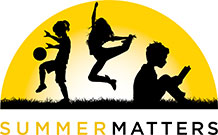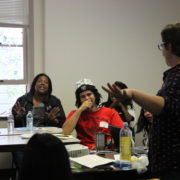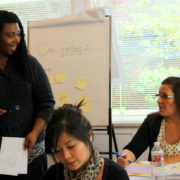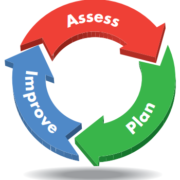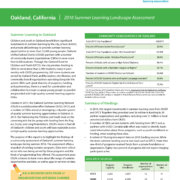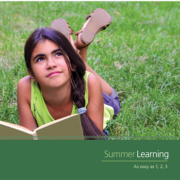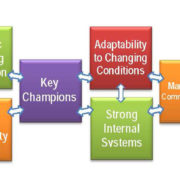Circle up: Teaching social-emotional skills year round
Creating places that feel safe for students has been the raison d’être of summer programs like Aim High, as it has been for hundreds of after-school programs in school districts across the state. Yet for many school principals who are casting about for ways to improve students’ sense of physical and emotional safety — and in doing so, students’ interest in being at school and learning — the idea of calling on summer school and after-school experts hasn’t occurred to them. But that is starting to change.
